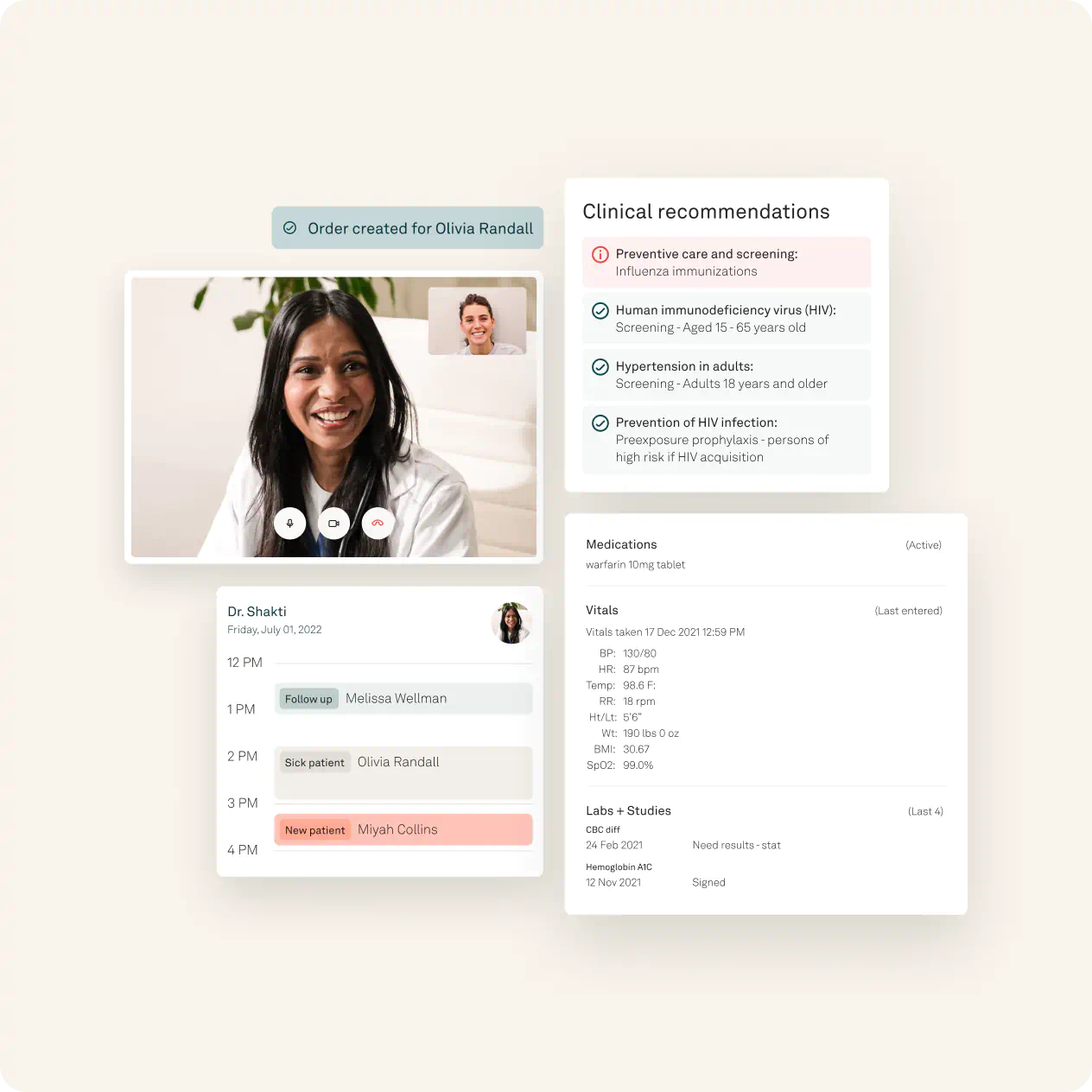Make it easy for patients’ parents and caregivers to find you — and choose your practice — with Tebra. Get search engine optimization and marketing so prospective patients can find you online, automated reputation management so they like what they see, and refined profiles so they can connect with your practice.
The platform for all your practice needs
Attract new patients, deliver the best care, and get paid quickly with one comprehensive platform.

Why pediatricians pick Tebra
Reach new patients
Stay connected with patients
Caring for kids is everything. But almost 80% of patients would switch doctors for greater convenience. Tebra delivers it by making it a cinch for parents to book and remember appointments, get answers to their questions, review their records, and pay their bills. Back-end automation leads to front-end convenience with no extra effort from you.
Deliver custom care
Spend less time on tools and more time with patients with Tebra. Our certified, cloud-based EHR integrates provider scheduling, clinical notes, flowsheets, growth charts, eRx, eLabs, telehealth, and more — all in one place. Plus, use our mobile app to deliver secure, on-the-go care.
Get paid
Medical billing and payments can be frustrating for both providers and caregivers. Make it easy for the families you support to navigate their bills — and improve your profitability in the process — with Tebra’s billing and payments. Manage your pediatric practice intuitively, save time with automation, and improve your revenue cycle.
Dive into your data
You need good data to make good decisions. Tebra gives you data and insights into every area of your practice, including practice growth and revenue. Stay secure with HIPAA-compliant cloud storage and explore your data your way through APIs that integrate with third-party applications.
Easy implementation
Feeling overwhelmed by your current systems, but also by making a change? With Tebra, you can get started in minutes, not weeks, with no IT knowledge or heavy lifting. Our onboarding, training, and ongoing support will be with you every step of the way and mean your practice won’t miss a beat.
Pediatricians don’t have time for piecemeal solutions
Everything your practice needs in one place
Stop juggling multiple marketing, communications, care delivery, billing, and payment tools. Focus on patients with all your practice operations and growth tools in one place.
Automated workflows made for pediatricians
Save time and streamline with intelligent automation across your workflows. Free your staff to focus on your practice success rather than on inefficient manual tasks.
Grow your practice as your patients grow
Focus on the bigger picture with analytics as part of your daily workflow. Intuitively uncover growth and revenue insights that you can act on to improve your business.
What’s on the mind of pediatricians
0 %
say low reimbursement rates threaten independent practices
0 %
say reduced administrative burdens would support independence
0 %
say “overhead” is a primary threat to growth
THE COMPLETE OPERATING SYSTEM FOR Independent Pediatric Practices
Powering the pediatric practice for today and tomorrow
From growth and patient experience to clinical operations and billing, combine all essential practice needs within a single platform.

Practice Growth

Patient Experience

Care Delivery










